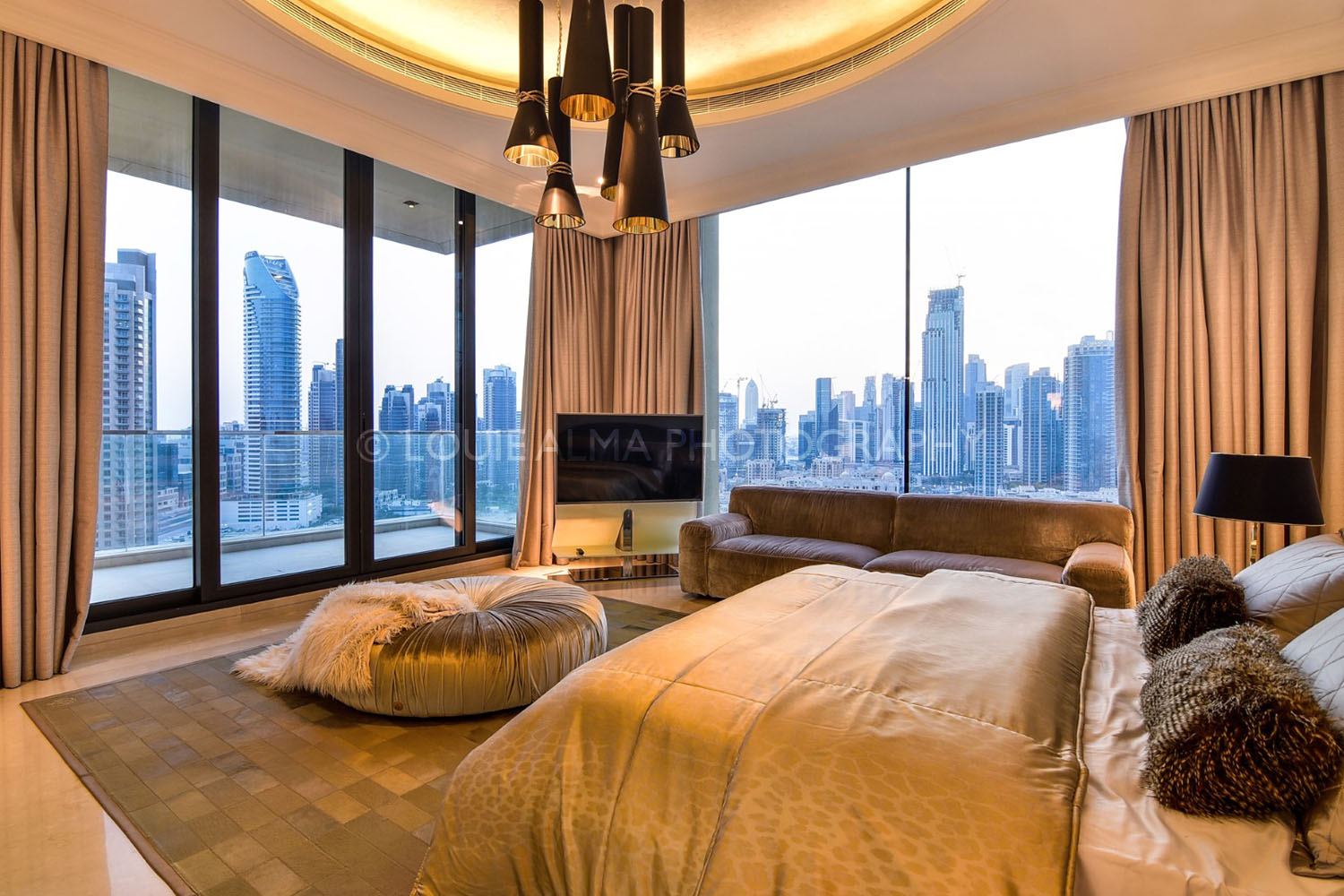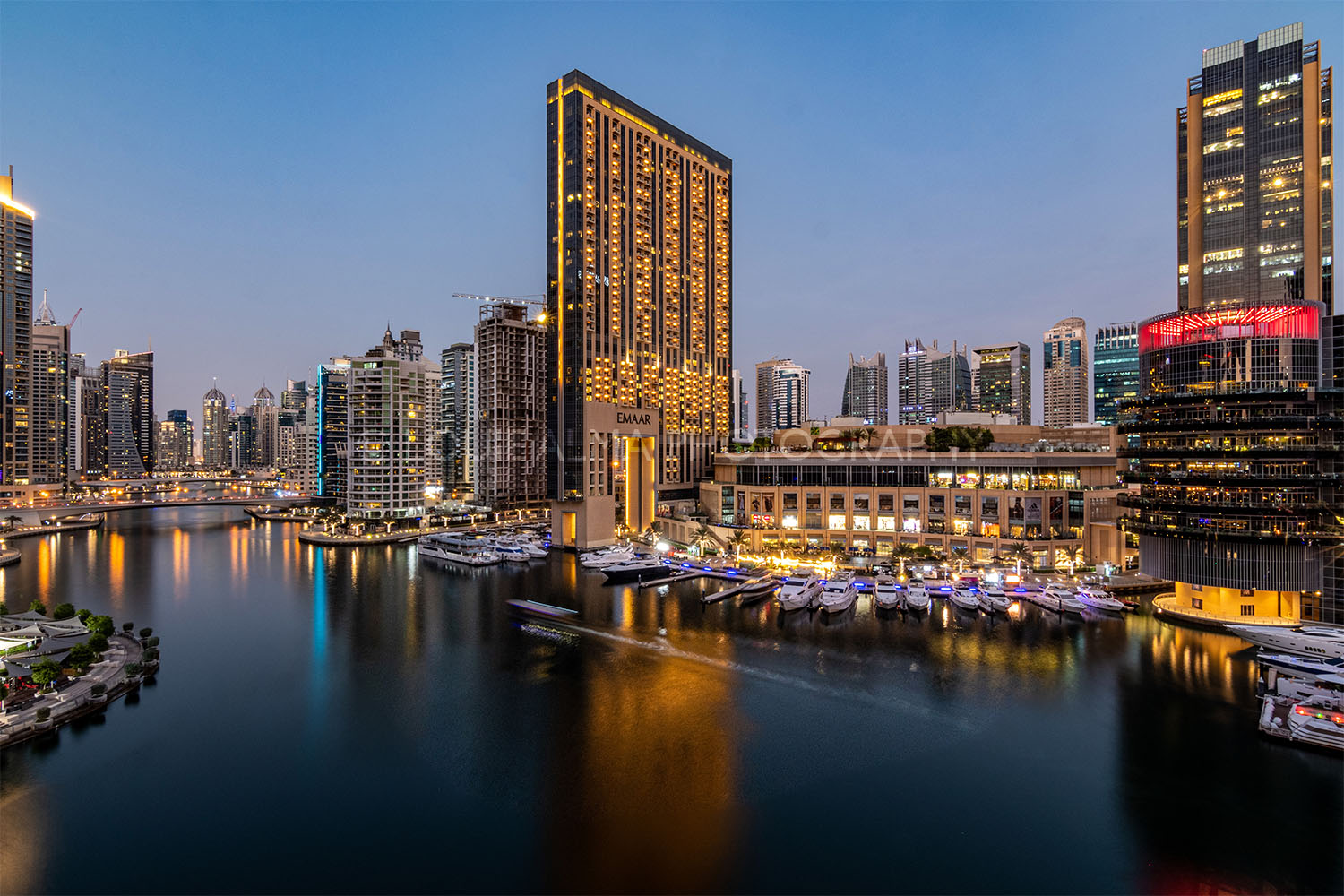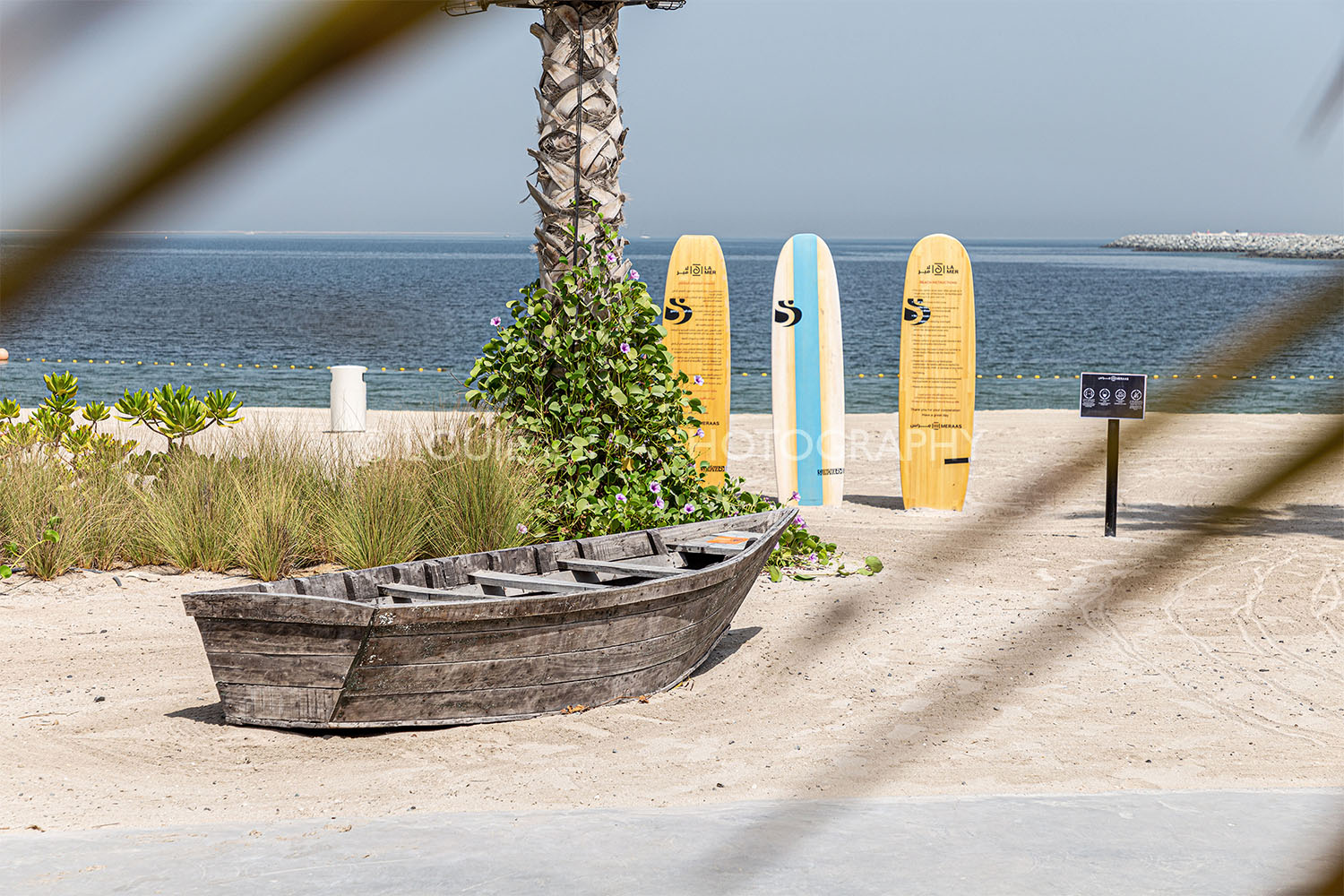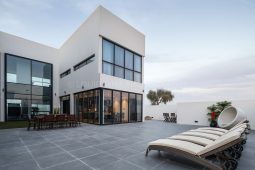Focus Mode Primer: Continuous, Single AF, Hybrid & Manual (VIDEO)
One sure way to ruin an otherwise great shot is to miss focus entirely or focus on the wrong area within the frame. If you’re struggling to achieve consistently sharp results, this quick tutorial is just what you need.
The Photography Explained YouTube channel is a great resource for diagnosing common problems, and this helpful primer is all about choosing the best focusing mode for the specific challenge at hand. In less than 11 minutes you’ll learn whether to choose Continuous AF, Single AF, full-time Servo, or flip the switch to Manual.
Today’s unnamed instructor is a very experienced amateur who knows how to break concepts down to their basics in a way that beginners will understand. Be sure to watch until the end when he reveals an easy technique for focusing in low light that he insists “will blow your mind.”
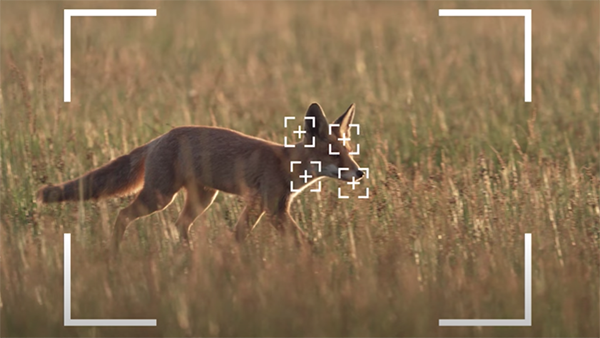
This episode begins with a discussion of single AF Mode (AF-S) which is the easiest and most commonly used. As you’ll see, this option “is perfect for when you’re shooting stuff that isn’t moving around very much” like portraits, landscapes, and stationary wildlife like birds perched on a branch.
On the other hand, Continuous AF (AF-C) is what you want when motion is the name of the game, and you’ll learn how this mode enables you to get crisp shots of sports subjects, birds in flight, kids at play, and other subjects that quickly move through the frame—either toward you or in another direction. In this mode, “the camera is constantly adjusting focus as long as you’re half-pressing the shutter button.”
Then there’s the AF Auto (AF-A) Hybrid setting, or what our instructor refers to, “I-just-can’t make-up-my-mind mode.” Here the camera “tries to be smart” by switching between Single AF and Continuous AF when a stationary subject begins to move. You’ll see how this selection works and why it can be a bit unpredictable.

At this point you’re only halfway through the video, with a few other modes to discuss—along with the aforementioned bonus tip for nailing focus in low light conditions. Once the video concludes take a look at the Photography Explained YouTube channel where there are other basic techniques to be found.
And on a related note, be sure to watch the earlier tutorial we posted from another adept instructor who explains why you can spoil photographs by always shooting at maximum aperture; and what f/stop to use when for optimum results.



